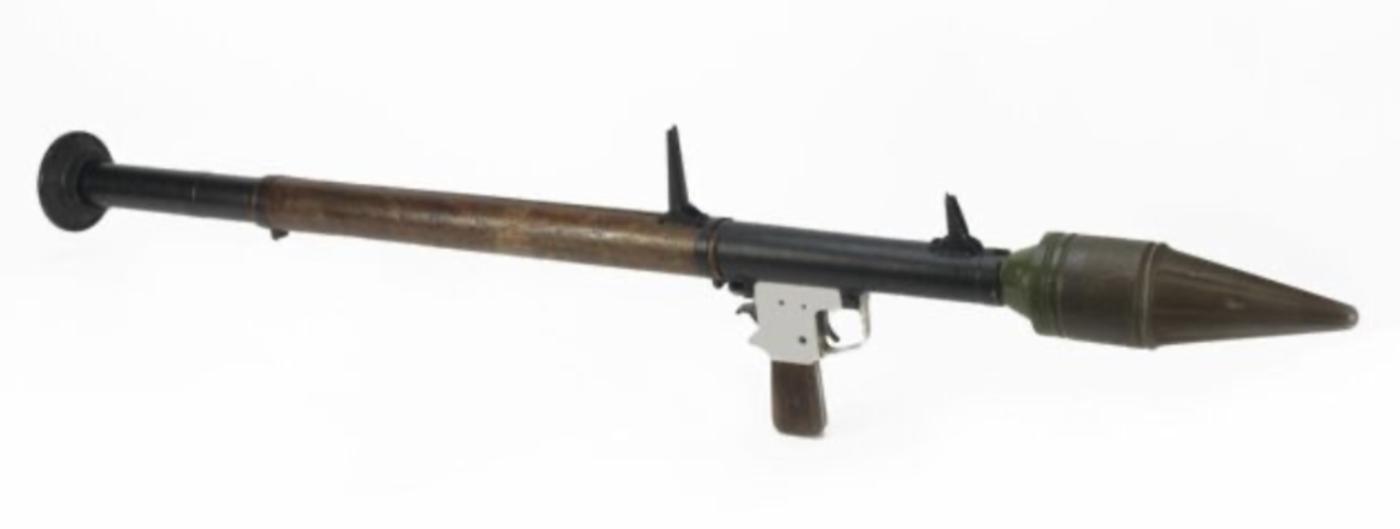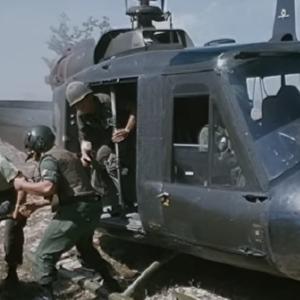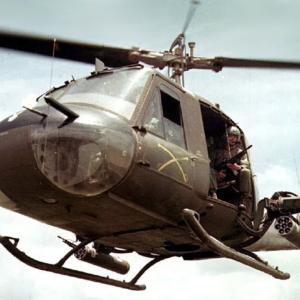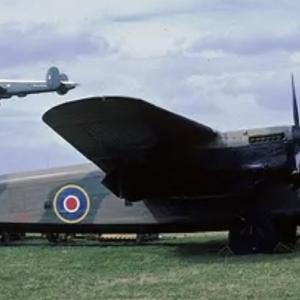
RPG-2 used by Viet Cong
During the Vietnam War, the Viet Cong used a variety of foreign-supplied weapons. One of the most common and effective was the RPG-2, a Soviet-designed anti-tank rocket launcher. Despite its simple design, it played an important role in guerrilla warfare against American and South Vietnamese forces.
The RPG-2 was developed in the Soviet Union in the late 1940s. It was inspired by earlier World War II weapons such as the German Panzerfaust and the American Bazooka, combining portability with the ability to penetrate armored vehicles using a shaped-charge warhead. Production was carried out by the Soviet Union, and licensed versions were manufactured in China as the Type 56. North Vietnam also produced a limited number domestically.
The Viet Cong received RPG-2s primarily through shipments from the Soviet Union and China, which were routed through North Vietnam. These weapons were transported along the Ho Chi Minh Trail, a network of jungle routes through Laos and Cambodia. The Chinese Type 56 variant was particularly common due to China’s close support and proximity. In addition to external supplies, some RPG-2s were captured from South Vietnamese forces or taken from battlefields.
The RPG-2 was widely used in ambushes against convoys, targeting trucks and lightly armored personnel carriers like the M113. It was also effective for attacking fortified positions and bunkers, as well as in urban combat for disabling enemy strongpoints. Its light weight, ease of use, and low cost made it ideal for guerrilla fighters conducting hit-and-run attacks in dense jungle and urban environments.
Its technical specifications include a 40 mm launcher tube with an 82 mm high-explosive anti-tank warhead. The launcher measures about 1,200 mm (47.2 inches) in length and weighs 4.67 kg (10.3 pounds). The grenade weighs 1.84 kg (4.05 pounds) and has a muzzle velocity of approximately 84 meters per second. The effective range is between 100 and 150 meters, with a maximum range of about 200 meters. It can penetrate up to 180 mm of rolled homogeneous armor and is equipped with simple iron sights.
While the RPG-2 was effective against light armor and fortifications, it had limited accuracy and penetration at longer distances. It was less effective against heavily armored vehicles like the M48 Patton unless struck on vulnerable areas such as the sides or rear. By the late 1960s, the RPG-2 was gradually replaced by the more powerful and accurate RPG-7. Nevertheless, it remained in use because of its simplicity, availability, and effectiveness in guerrilla warfare. The RPG-2 remains a significant example of asymmetric weaponry in the Vietnam conflict.










